12 Simple Exercises That Instantly Melt Away Stress — Try 4 Right Now!
The beauty of stress-free movement lies in its simplicity and accessibility. This article explores 12 such exercises, each meticulously selected for its ability to provide instant relief and promote a sense of calm. These exercises require minimal equipment and can be performed at home, in the office, or even while traveling. Each exercise focuses on gentle movement, mindful breathing, and relaxation techniques that work together to reduce stress levels and improve overall well-being. As we delve into each exercise, you'll discover how they can be seamlessly integrated into your daily routine, offering a practical solution to managing stress in a busy world. As we embark on this journey, it's important to recognize that stress-free movement is not just about physical activity; it's a holistic approach that encompasses mental and emotional wellness.
1. The Science of Stress Relief Through Movement

Understanding the science behind stress relief through movement is crucial for appreciating the effectiveness of these exercises. When we experience stress, our bodies undergo a series of physiological changes known as the "fight or flight" response. This response, while useful in short bursts, can lead to chronic stress if activated too frequently. Movement, particularly gentle and mindful exercises, can counteract these effects by stimulating the production of endorphins, the body's natural mood elevators. Endorphins act as natural painkillers and mood enhancers, helping to reduce stress and promote a sense of well-being. Additionally, movement increases the flow of oxygen-rich blood to the brain, enhancing cognitive function and reducing feelings of anxiety and depression. By incorporating stress-free movement into your routine, you can harness these physiological benefits to alleviate stress and improve your mental health. Moreover, movement encourages the release of tension stored in the muscles, particularly in areas prone to stress such as the neck, shoulders, and back. Gentle exercises help to stretch and relax these muscles, reducing discomfort and promoting relaxation. By understanding the science behind stress relief through movement, you can appreciate the profound impact these exercises can have on your overall well-being.
2. Breathing Techniques: The Foundation of Stress-Free Movement
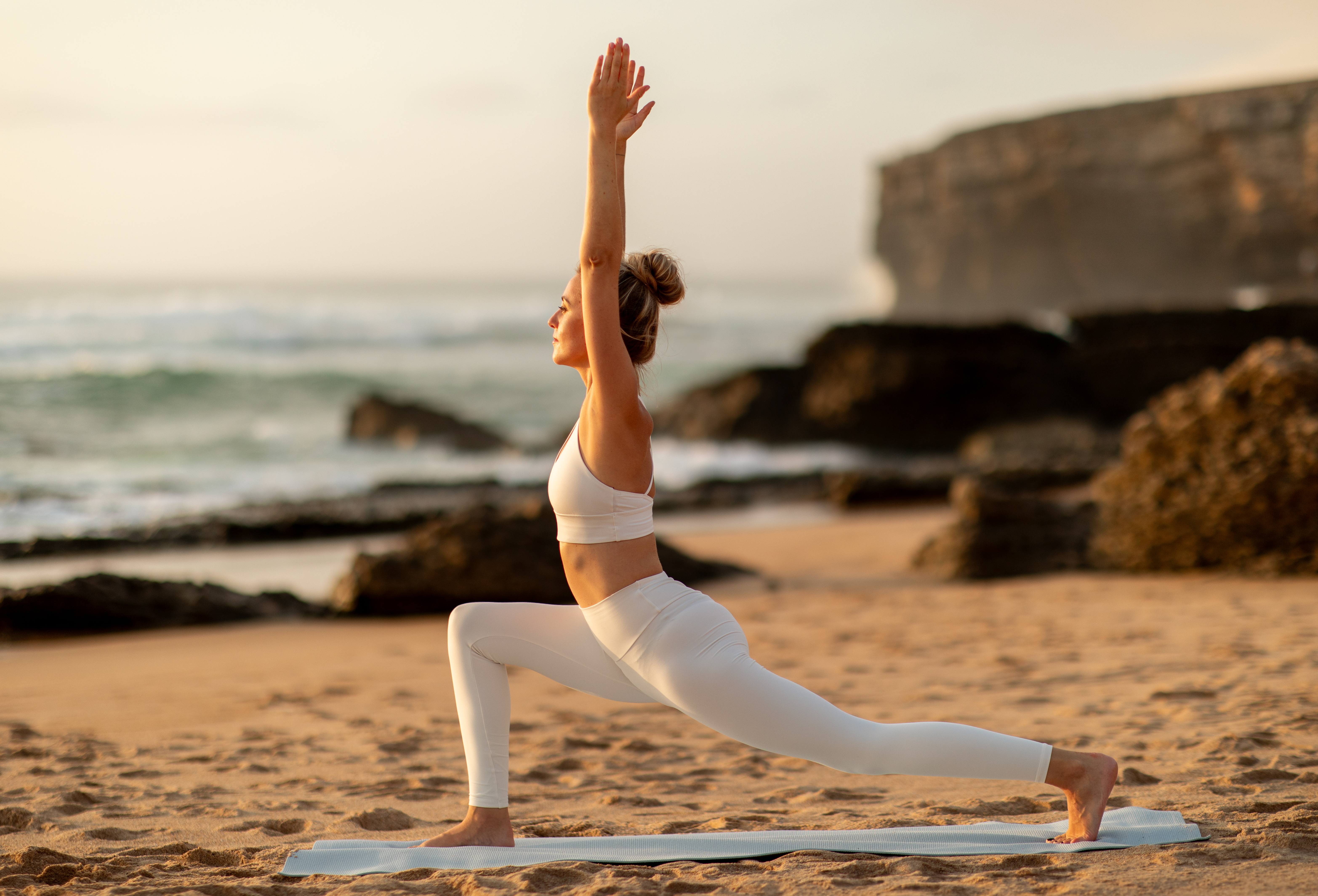
Breathing techniques form the foundation of stress-free movement, providing a simple yet powerful tool for managing stress. Deep, mindful breathing helps to activate the body's relaxation response, reducing heart rate, lowering blood pressure, and decreasing levels of stress hormones. By incorporating breathing techniques into your routine, you can enhance the effectiveness of the exercises and achieve a greater sense of calm. One of the most effective breathing techniques is diaphragmatic breathing, also known as belly breathing. This technique involves inhaling deeply through the nose, allowing the diaphragm to expand and fill the lungs with air. As you exhale slowly through the mouth, the diaphragm contracts, helping to expel carbon dioxide and promote relaxation. Practicing diaphragmatic breathing can help to reduce stress and anxiety, improve focus, and enhance overall well-being. Another valuable technique is box breathing, which involves inhaling, holding, exhaling, and holding the breath again for equal counts. This method helps to regulate the breath, calm the mind, and promote a sense of balance. By mastering these breathing techniques, you can create a strong foundation for stress-free movement and unlock the full potential of the exercises.
3. Gentle Yoga: Finding Calm Through Flow

Gentle yoga is an ideal form of stress-free movement, combining physical postures, breathing techniques, and meditation to create a holistic approach to stress relief. Unlike more vigorous styles of yoga, gentle yoga focuses on slow, deliberate movements and poses that promote relaxation and mindfulness. This practice helps to reduce stress, improve flexibility, and enhance mental clarity. One of the key benefits of gentle yoga is its ability to calm the nervous system. By engaging in slow, rhythmic movements and deep breathing, you can activate the parasympathetic nervous system, which is responsible for the body's relaxation response. This helps to counteract the effects of stress and promote a sense of calm and well-being. Gentle yoga also encourages the release of tension stored in the body, particularly in areas prone to stress such as the neck, shoulders, and back. Through gentle stretching and mindful movement, you can alleviate discomfort and promote relaxation. Whether you're a seasoned yogi or a beginner, incorporating gentle yoga into your routine can help you find calm through flow and restore serenity to your life.
4. Walking Meditation: Serenity in Every Step

Walking meditation is a simple yet powerful practice that combines the benefits of movement and mindfulness to create a sense of serenity and calm. Unlike traditional seated meditation, walking meditation involves slow, deliberate steps and focused awareness, allowing you to connect with the present moment and let go of stress and distractions. The practice of walking meditation encourages you to pay attention to the sensations of each step, the rhythm of your breath, and the environment around you. By focusing on these elements, you can cultivate a sense of presence and mindfulness, reducing stress and promoting relaxation. Walking meditation can be practiced anywhere, making it a convenient and accessible option for stress relief. In addition to its mental and emotional benefits, walking meditation also offers physical advantages. The gentle movement helps to improve circulation, enhance balance, and promote overall well-being. By incorporating walking meditation into your routine, you can experience the serenity of each step and embrace a more mindful, stress-free life.
5. Tai Chi: The Art of Moving Meditation
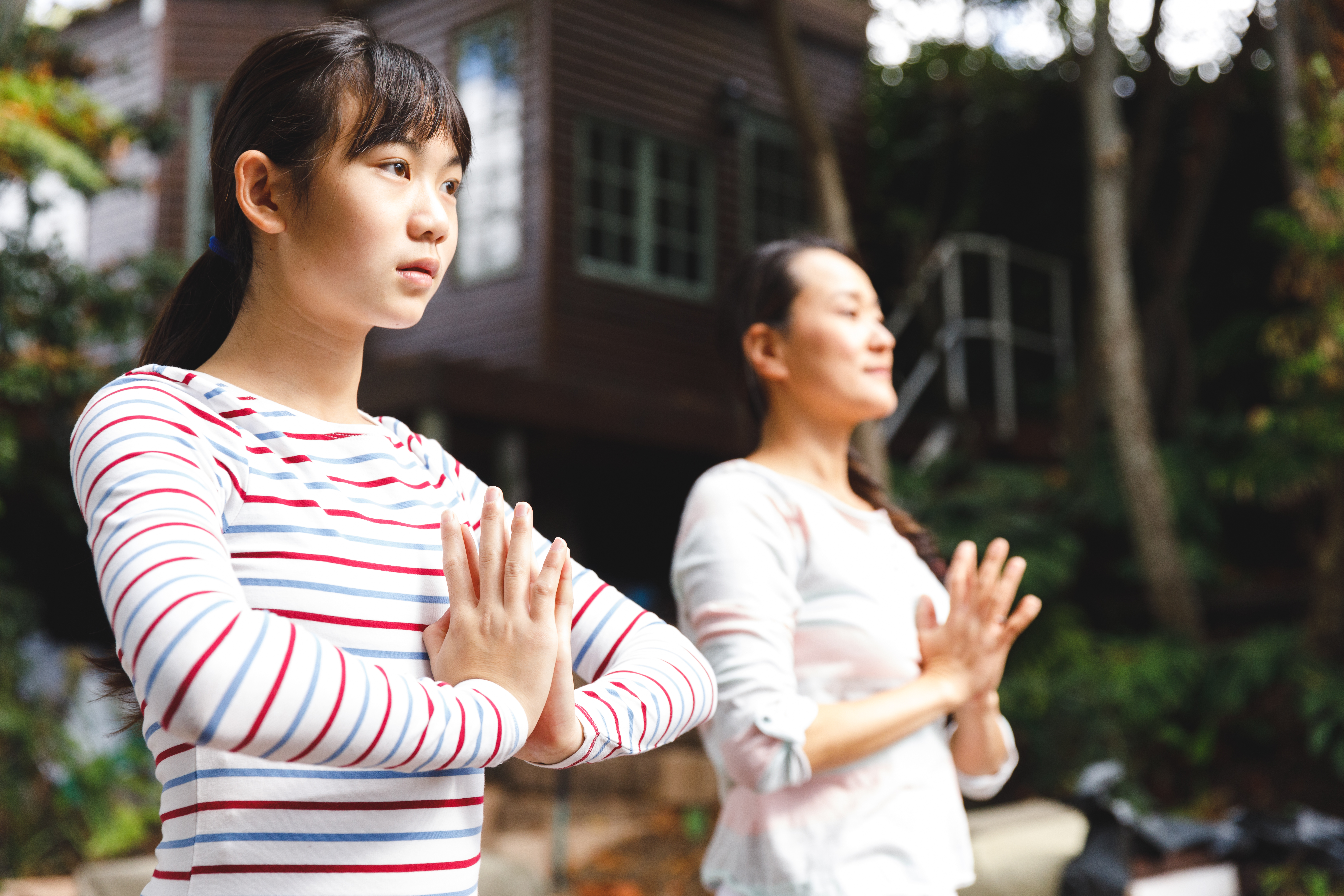
Tai Chi, often described as "moving meditation," is a traditional Chinese martial art that emphasizes slow, flowing movements and deep breathing. This practice is renowned for its ability to reduce stress, improve balance, and enhance overall well-being. By incorporating Tai Chi into your routine, you can experience the benefits of stress-free movement and cultivate a sense of inner peace. One of the key principles of Tai Chi is the concept of "Qi," or life energy, which is believed to flow through the body along pathways called meridians. Through the practice of Tai Chi, you can enhance the flow of Qi, promoting balance and harmony within the body. This can help to reduce stress, improve mental clarity, and enhance physical health. Tai Chi also encourages mindfulness and presence, helping you to focus on the present moment and let go of stress and distractions. By practicing Tai Chi regularly, you can develop a greater sense of awareness and cultivate a deeper connection with your body and mind. Whether you're seeking stress relief, improved balance, or enhanced well-being, Tai Chi offers a gentle and effective solution.
6. Progressive Muscle Relaxation: Release Tension with Ease
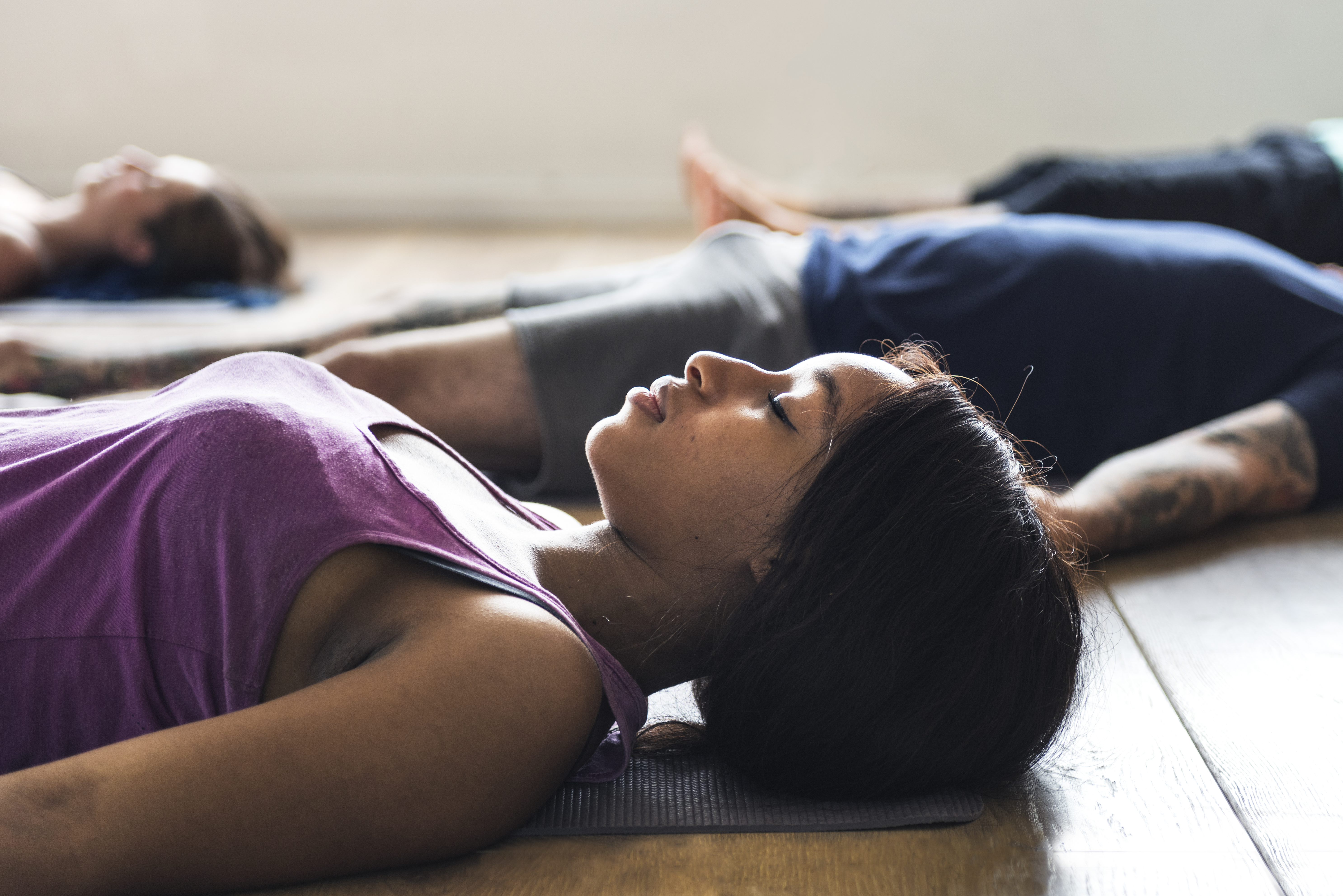
Progressive muscle relaxation (PMR) is a technique that involves tensing and relaxing different muscle groups to release tension and promote relaxation. This practice is particularly effective for reducing stress and anxiety, as it helps to increase awareness of physical sensations and encourages the release of tension stored in the body. The process of PMR involves systematically tensing each muscle group for a few seconds before releasing the tension and focusing on the sensation of relaxation. By practicing PMR regularly, you can become more attuned to the physical signs of stress and develop the ability to release tension with ease. This can help to reduce stress, improve sleep, and enhance overall well-being. PMR is a versatile technique that can be practiced anywhere, making it a convenient option for stress relief. Whether you're at home, in the office, or on the go, you can use PMR to release tension and restore serenity to your life. By incorporating this practice into your routine, you can experience the benefits of stress-free movement and embrace a more relaxed, balanced life.
7. Stretching: Flexibility for the Mind and Body

Stretching is a fundamental component of stress-free movement, offering a simple and effective way to release tension and promote relaxation. By engaging in regular stretching, you can improve flexibility, reduce muscle tension, and enhance overall well-being. Stretching also encourages mindfulness and presence, helping you to connect with your body and let go of stress and distractions. One of the key benefits of stretching is its ability to release tension stored in the muscles, particularly in areas prone to stress such as the neck, shoulders, and back. By gently stretching these muscles, you can alleviate discomfort and promote relaxation. Stretching also helps to improve circulation, enhance range of motion, and reduce the risk of injury. In addition to its physical benefits, stretching offers mental and emotional advantages. The practice encourages mindfulness and presence, helping you to focus on the present moment and let go of stress and distractions. By incorporating stretching into your routine, you can experience the benefits of stress-free movement and embrace a more flexible, balanced life.
8. Qigong: Harnessing Energy for Stress Relief
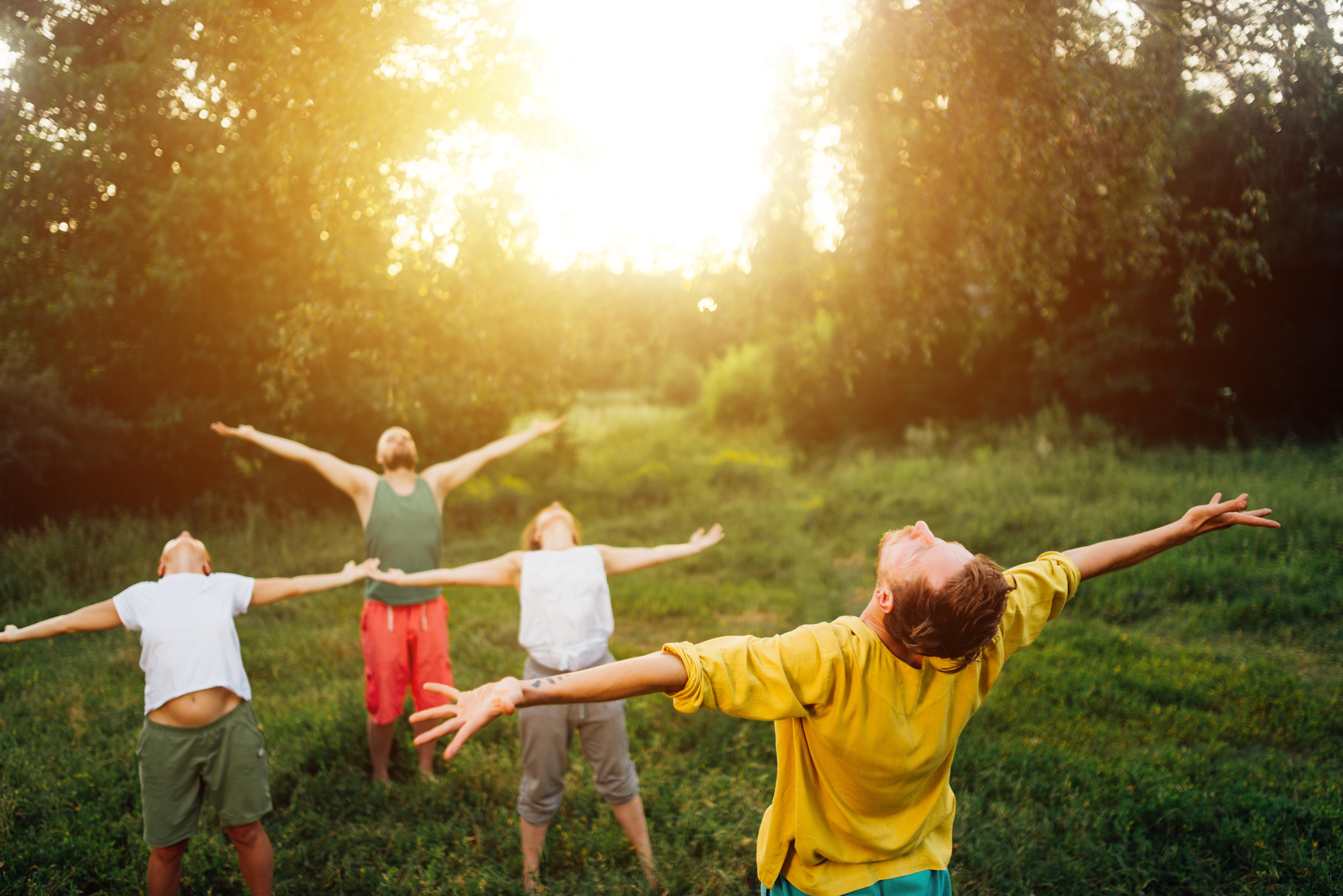
Qigong is an ancient Chinese practice that combines movement, meditation, and breath control to cultivate and balance the body's energy, or "Qi." This practice is renowned for its ability to reduce stress, improve health, and enhance overall well-being. By incorporating Qigong into your routine, you can experience the benefits of stress-free movement and harness energy for stress relief. The practice of Qigong involves a series of gentle movements and postures designed to enhance the flow of Qi through the body's meridians. This can help to reduce stress, improve mental clarity, and enhance physical health. Qigong also encourages mindfulness and presence, helping you to connect with your body and mind and let go of stress and distractions. In addition to its mental and emotional benefits, Qigong offers physical advantages. The gentle movements help to improve circulation, enhance flexibility, and promote overall well-being. By incorporating Qigong into your routine, you can experience the benefits of stress-free movement and embrace a more balanced, harmonious life.
9. Visualization: Imagining Your Way to Calm
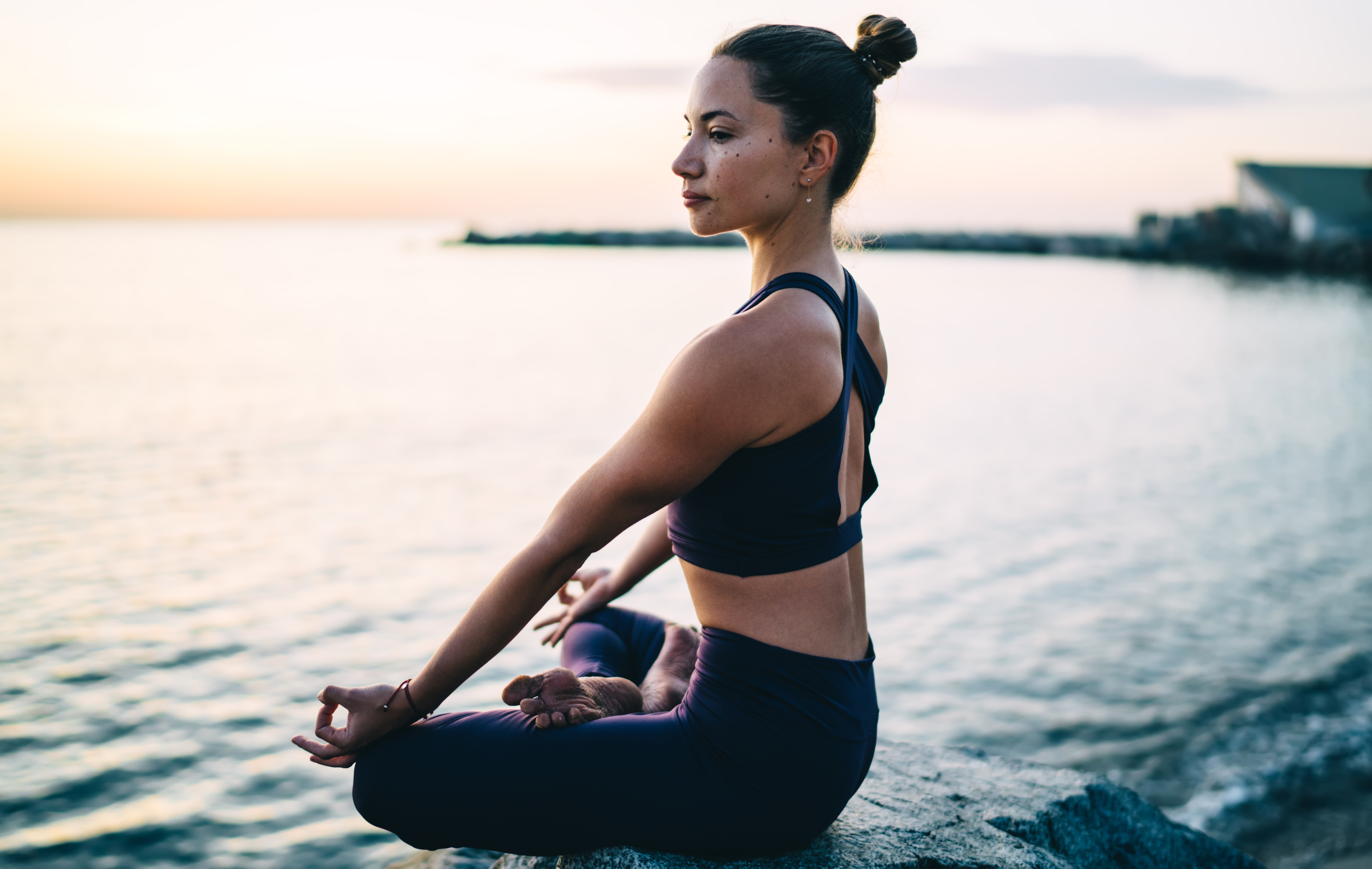
Visualization is a powerful technique that involves using the mind's eye to create calming and positive images, helping to reduce stress and promote relaxation. This practice is particularly effective for managing stress, as it encourages the mind to focus on positive and peaceful scenarios, rather than stressors and distractions. The process of visualization involves closing your eyes and imagining a serene and peaceful place, such as a beach, forest, or garden. By focusing on the details of this scene, you can create a sense of presence and mindfulness, reducing stress and promoting relaxation. Visualization can be practiced anywhere, making it a convenient option for stress relief. In addition to its mental and emotional benefits, visualization offers physical advantages. The practice encourages deep breathing and relaxation, helping to reduce tension and promote overall well-being. By incorporating visualization into your routine, you can experience the benefits of stress-free movement and embrace a more peaceful, balanced life.
10. Dance: Expressing Emotion Through Movement

Dance is a joyful and expressive form of stress-free movement that allows you to release tension and connect with your emotions. Whether you're dancing alone in your living room or participating in a class, dance offers a unique opportunity to express yourself, let go of stress, and embrace a sense of freedom and joy. One of the key benefits of dance is its ability to promote emotional release. Through movement and expression, you can release pent-up emotions and stress, creating a sense of catharsis and relief. Dance also encourages mindfulness and presence, helping you to focus on the present moment and let go of stress and distractions. In addition to its mental and emotional benefits, dance offers physical advantages. The practice helps to improve cardiovascular health, enhance flexibility, and promote overall well-being. By incorporating dance into your routine, you can experience the benefits of stress-free movement and embrace a more joyful, expressive life.
11. Laughter Yoga: Finding Joy in Movement
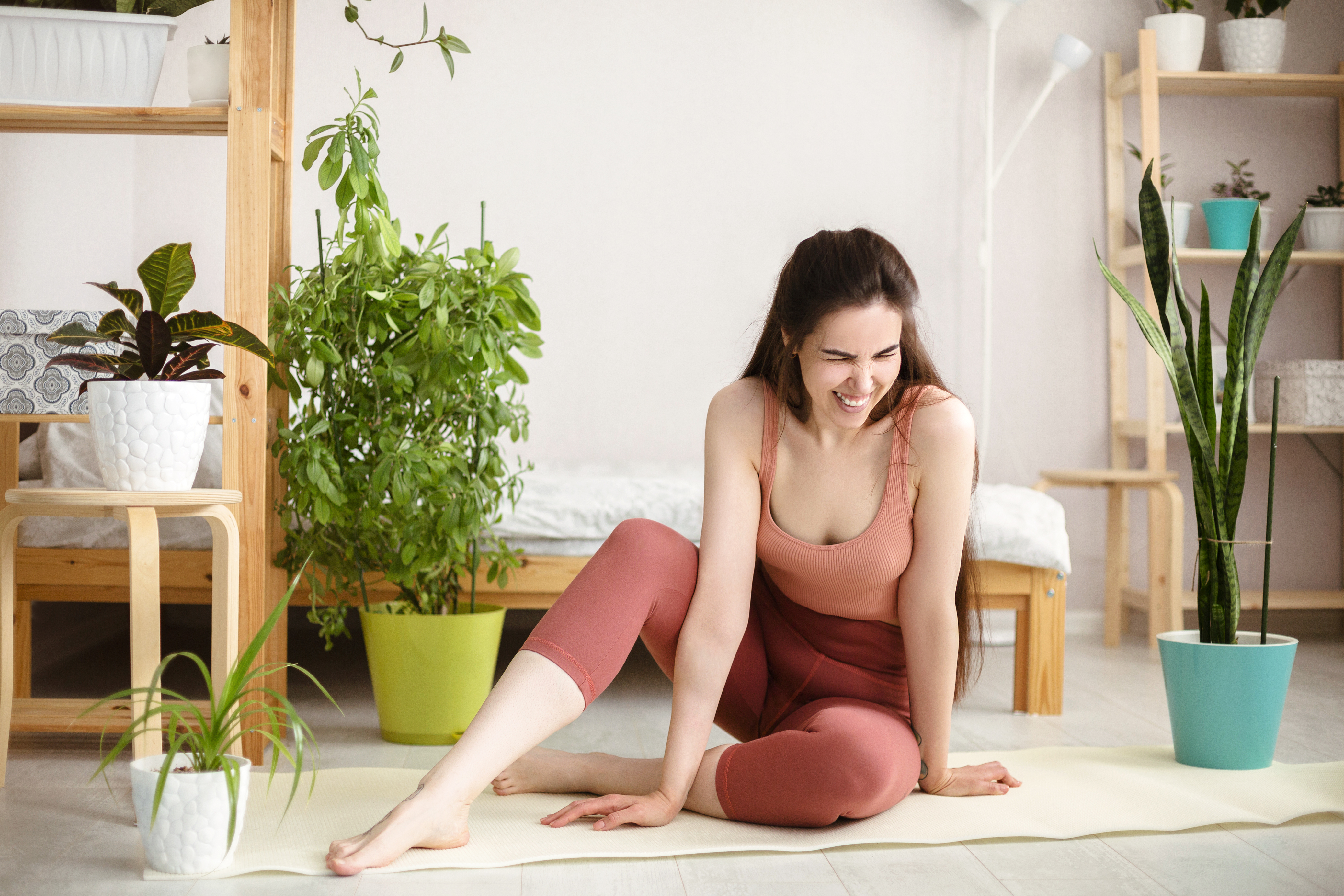
Laughter Yoga is a unique practice that combines laughter exercises with yogic breathing techniques to promote relaxation and reduce stress. This practice is based on the principle that laughter, whether genuine or simulated, has the power to elevate mood, boost the immune system, and promote overall well-being. The practice of Laughter Yoga involves a series of playful exercises and activities designed to stimulate laughter and joy. By engaging in these exercises, you can release stress and tension, improve mood, and enhance overall well-being. Laughter Yoga also encourages mindfulness and presence, helping you to connect with your body and mind and let go of stress and distractions. In addition to its mental and emotional benefits, Laughter Yoga offers physical advantages. The practice encourages deep breathing and relaxation, helping to reduce tension and promote overall well-being. By incorporating Laughter Yoga into your routine, you can experience the benefits of stress-free movement and embrace a more joyful, balanced life.
12. Pilates: Core Strength for Stress Relief
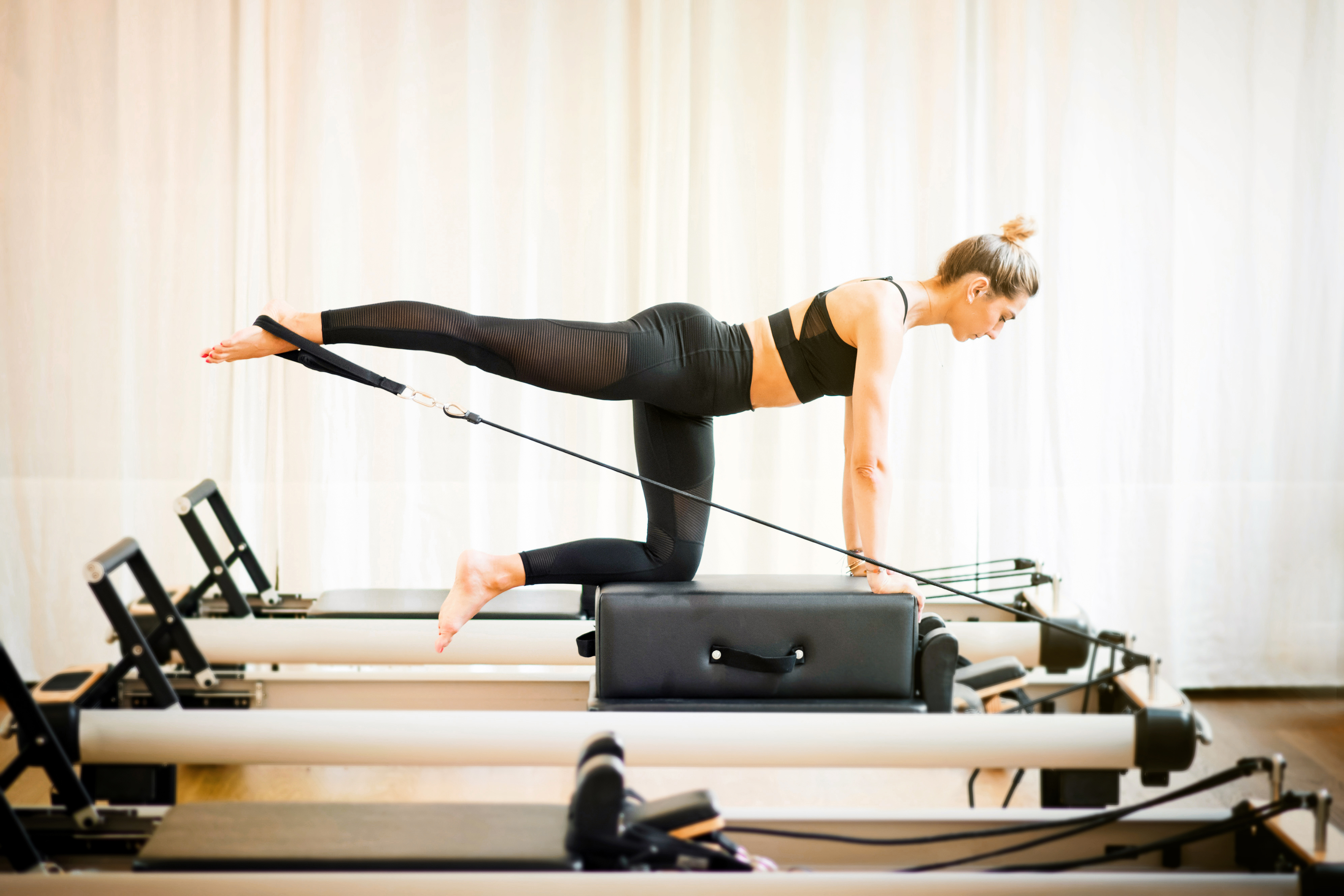
Pilates is a form of exercise that focuses on core strength, flexibility, and mindful movement. This practice is renowned for its ability to reduce stress, improve posture, and enhance overall well-being. By incorporating Pilates into your routine, you can experience the benefits of stress-free movement and build core strength for stress relief. One of the key principles of Pilates is the focus on core strength, which helps to stabilize the body and reduce the risk of injury. By engaging in Pilates exercises, you can improve core strength, enhance flexibility, and promote overall well-being. Pilates also encourages mindfulness and presence, helping you to connect with your body and mind and let go of stress and distractions. In addition to its physical benefits, Pilates offers mental and emotional advantages. The practice encourages deep breathing and relaxation, helping to reduce tension and promote overall well-being. By incorporating Pilates into your routine, you can experience the benefits of stress-free movement and embrace a more balanced, harmonious life.
Embracing a Stress-Free Life

As we conclude this exploration of stress-free movement, it's important to recognize that these exercises offer more than just physical benefits; they provide a holistic approach to stress relief that encompasses mental and emotional wellness. By incorporating these practices into your routine, you can create a more balanced, tranquil life and embrace a sense of serenity and calm. The journey to a stress-free life begins with a commitment to self-care and mindfulness. By prioritizing your well-being and making time for stress-free movement, you can reduce stress, improve health, and enhance overall well-being. Whether you're practicing gentle yoga, engaging in Tai Chi, or enjoying a dance session, these exercises offer a practical solution to managing stress in a busy world. As you embark on this journey, remember that the key to stress-free movement is consistency and presence. By making these exercises a regular part of your routine and approaching them with mindfulness and intention, you can unlock their full potential and embrace a more serene, stress-free life.